Why Your Atlanta Roof is Leaking (5 Common Causes + Quick Fixes)
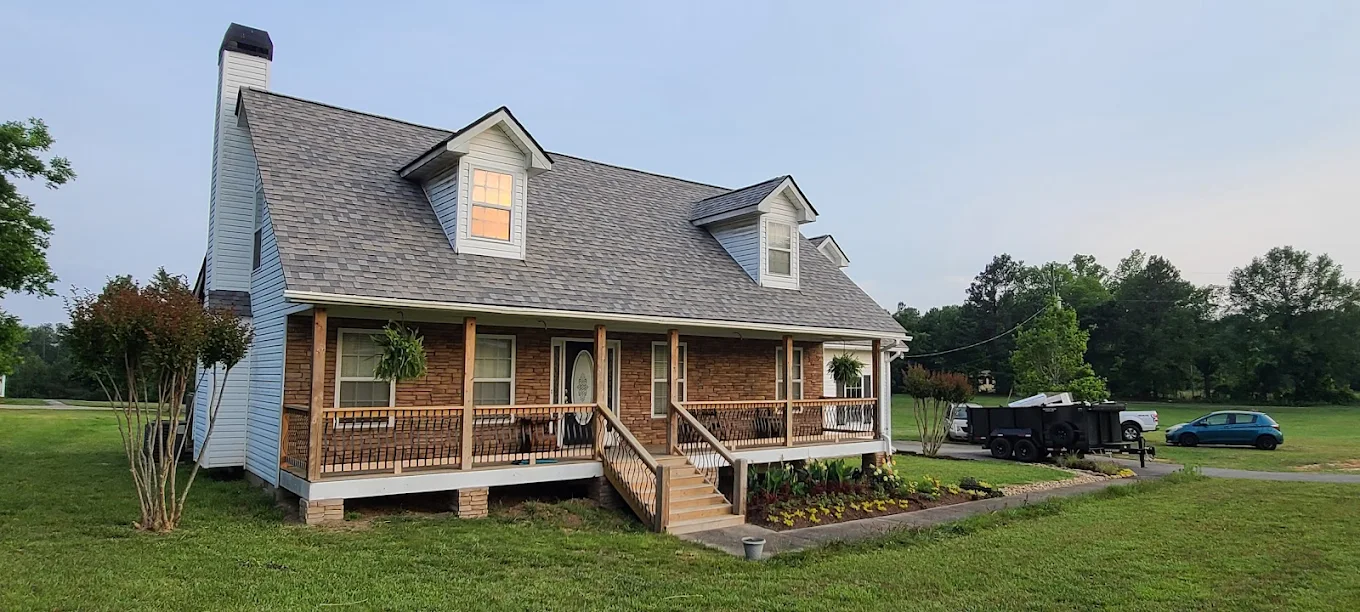
Atlanta's unique climate creates the perfect storm for roof problems. Between intense summer heat that can push attic temperatures above 160°F, sudden thunderstorms with wind-driven rain, and the city's nickname as the "City in a Forest" bringing constant tree debris, local roofs face challenges that many other regions don't experience.
If you're dealing with a leak, you're not alone.
1. Storm and Weather Damage (Wind, Rain & Hail)
Why It's Atlanta's #1 Leak Cause
Metro Atlanta's location puts it directly in the path of severe weather systems. Spring and summer bring frequent thunderstorms with torrential downpours that can overwhelm even well-maintained roofs. High winds lift and tear shingles, while hail can puncture protective surfaces. When rain is driven horizontally by wind, it can push water up under shingles that normally repel vertical rainfall.
The abundance of tall trees throughout Atlanta neighborhoods adds another layer of risk. Storm-damaged limbs frequently crash onto roofs, creating immediate openings for water intrusion.
Warning Signs After Storms:
- Missing shingles in your yard or bare patches visible on the roof
- Dents or dings on gutters, skylights, and shingles from hail impact
- New water stains on ceilings or walls following heavy rain
- Fallen branches, bent flashing, or sagging roof sections
- Damp insulation or wood in the attic after storms
Quick Fixes:
- Emergency DIY: Cover damaged areas with a waterproof tarp extending well beyond the leak point. For small punctures, apply roofing cement or tape once the surface is dry. Never attempt roof work during active storms.
- Call a Professional: Major storm damage requires expert assessment. Experienced roofers can trace hidden leak sources (water often travels before appearing as drips) and properly replace missing materials. In Atlanta's high humidity, neglected leaks can spawn mold within days.
2. Aging Shingles and Sun Damage
Atlanta's Accelerated Aging Problem
Georgia's intense summer heat literally cooks roofs from above and below. Asphalt shingles, which make up the majority of Atlanta roofs, contain protective oils and granules that evaporate and erode under constant UV exposure. The result is brittle, cracked shingles that lose their waterproofing ability.
Most asphalt shingles are rated for 20-25 years, but Atlanta's extreme conditions often push them toward the shorter end of that range. High humidity also promotes algae growth (those dark streaks you see on older roofs), which breaks down roofing materials over time.
Signs Your Roof is Aging Out:
- Cracked, curled, or missing shingles, especially on sun-facing slopes
- Sandy grit accumulating in gutters (granule loss)
- Shingles that look faded, dry, or have exposed fiberglass backing
- Small ceiling stains that grow after each rain
- Neighbors getting new roofs if yours is the same age
Quick Fixes:
- DIY: Replace individual damaged shingles if the overall roof is sound. Glue down curling corners with roofing adhesive as a temporary measure. Work during cool morning hours to avoid Atlanta's afternoon heat.
- Call a Professional: When multiple shingles are failing or the roof is 15+ years old, spot repairs won't provide lasting solutions. Professional replacement includes proper ventilation and materials designed for Georgia's climate, plus workmanship warranties that DIY fixes can't match.
3. Clogged Gutters and Drainage Issues
The "City in a Forest" Challenge
Atlanta's tree canopy creates year-round gutter maintenance challenges. Oak, pine, and sweet gum trees shed debris constantly, not just in fall. When gutters clog, water backs up and can't flow properly, causing overflow that seeps under roof edges or down exterior walls.
During Atlanta's heavy summer thunderstorms, even partially blocked gutters can't handle the volume, creating what's essentially an ice dam effect without ice—water gets trapped and forced upward under roofing materials.
Telltale Signs of Gutter Problems:
- Water cascading over gutter edges instead of flowing to downspouts
- Sagging gutters or visible plant growth in channels
- Water stains or rot on fascia boards and soffits
- Damp spots on ceilings near exterior walls after extended rain
- Increased mosquito activity around your roofline
Quick Fixes:
- DIY: Clean gutters twice yearly—late spring after pollen season and late fall after leaf drop. Install gutter guards to reduce debris accumulation. Flush downspouts with a hose to ensure clear flow.
- Call a Professional: For consistently problematic areas, pros can add downspouts, adjust gutter pitch, or install commercial-grade guard systems. They can also replace rotted fascia and ensure secure mounting—critical for Atlanta's storm-prone climate.
4. Faulty Flashing and Roof Penetration Leaks
Where Complexity Creates Vulnerability
Flashing—the metal strips and sealants around chimneys, vents, skylights, and roof valleys—represents your roof's most vulnerable points. Many Atlanta homes feature complex rooflines with multiple penetrations, creating numerous potential failure points.
Atlanta's temperature swings cause flashing materials to expand and contract, stressing seals over time. The intense UV exposure dries out rubber boots around vent pipes and degrades caulking around skylights. During wind-driven rain, any gap becomes a direct pathway for water intrusion.
Identifying Flashing Failures:
- Water stains around ceiling penetrations (chimneys, skylights, vents)
- Musty odors or mold in attic spaces, especially near roof penetrations
- Visible gaps, rust, or missing sealant on exterior flashing
- Leaks that only occur during wind-driven rain from specific directions
- Cracked or torn rubber collars around vent pipes
Quick Fixes:
- DIY: Small gaps can be temporarily sealed with roofing cement or silicone caulk. Cracked vent boots can be wrapped with adhesive flashing tape until replacement. Ensure surfaces are completely dry before applying any sealant.
- Call a Professional: Flashing repairs require proper overlap techniques and long-lasting materials. Professionals remove surrounding shingles, install new flashing correctly, and use commercial-grade sealants designed for Atlanta's climate extremes.
5. Poor Installation or Maintenance Practices
When Shortcuts Come Back to Haunt You
Not all leaks result from weather or age—sometimes they stem from human error. Atlanta's construction booms have brought contractors of varying skill levels, and the area's complex roof designs can challenge inexperienced installers.
Common installation mistakes include improper valley techniques, incorrect shingle overlap, inadequate flashing installation, or using materials unsuitable for Georgia's climate. These issues often don't appear immediately but become evident after the first severe weather test.
Red Flags for Installation Issues:
- Leaks in relatively new roofs (under 5-10 years old)
- Multiple leak points across different roof areas
- Visible installation flaws like uneven shingles or exposed nails
- Recurring leaks in the same spot despite multiple "repairs"
- Problems that neighbors with similar-aged homes aren't experiencing
Quick Fixes:
- DIY: Document issues with photos and notes. Check warranty paperwork if the roof is relatively new. Apply temporary patches to prevent interior damage, but understand these won't solve underlying installation problems.
- Call a Professional: Installation flaws require proper diagnosis and correction. Qualified roofers can identify specific mistakes and implement lasting solutions, often with warranties that protect your investment.
When to Act Fast vs. When You Can Wait
.webp)
Immediate Action Required:
- Active leaks during or after storms
- Water stains that appear suddenly or grow rapidly
- Visible structural damage or sagging
Schedule Soon:
- Intermittent leaks that only occur during specific weather conditions
- Aging roof showing multiple warning signs
- Repeated gutter overflow issues
Annual Maintenance Items:
- Gutter cleaning and inspection
- Visual roof inspection for loose or damaged materials
- Flashing and penetration seal checks
Working with Right Hand Roofing & Gutters
At Right Hand Roofing & Gutters, we've been protecting Atlanta-area homes since 2005. Our family-owned team understands the specific challenges that Georgia's climate presents and how to address them effectively.
We offer free roof reports (valued at over $100) that provide detailed assessments of your roof's condition, complete with photos and expert recommendations. Whether you're dealing with storm damage, aging materials, or installation issues, our comprehensive approach ensures problems are identified and resolved correctly the first time.
Our services include emergency storm response, insurance claim support, and preventative maintenance programs designed specifically for Atlanta's climate challenges. With comprehensive warranties on both materials and workmanship, you can have confidence that your roof will protect your home for years to come.
Keep Your Roof Leak-Free
Atlanta's climate is tough on roofs, but most leaks are preventable with proper maintenance and prompt attention to warning signs. The key is understanding what to look for and acting before small issues become major problems.
Remember: even a tiny intermittent drip can lead to significant structural damage, mold growth, or electrical hazards if ignored. In Atlanta's humid environment, what starts as a minor leak can escalate rapidly.
Schedule regular inspections after major weather events and at least annually. When in doubt, consult with experienced professionals who understand local conditions and can provide lasting solutions backed by solid warranties.
Don't let a small leak turn into a major headache.
Contact Right Hand Roofing & Gutters for your free roof assessment and protect your home with solutions designed for Atlanta's unique challenges.
5 FAQs About Atlanta Roof Leaks
How long can I wait to fix a roof leak in Atlanta?
Don't wait. Atlanta's high humidity means even small leaks can cause mold growth within days. What starts as a minor drip can quickly lead to rotted wood, damaged insulation, and electrical hazards. Address any leak immediately with temporary measures, then schedule permanent repairs as soon as possible.
Why does my roof only leak during heavy storms but not light rain?
Wind-driven rain behaves differently than gentle rainfall. During storms, rain is pushed horizontally under shingles or through gaps in flashing that normally repel vertical water. This often indicates issues with flashing around chimneys, vents, or roof edges that need professional attention.
Should I clean my own gutters in Atlanta?
If you're comfortable on a ladder and your home is single-story, DIY gutter cleaning twice yearly can prevent many leak issues. However, Atlanta's multi-story homes and steep rooflines make professional cleaning safer. Given our heavy tree coverage, consider gutter guards to reduce maintenance frequency.
How do I know if my Atlanta roof needs replacement or just repairs?
If your roof is over 20 years old, has multiple problem areas, or requires frequent repairs, replacement is likely more cost-effective. A single issue like damaged flashing or a few missing shingles can usually be repaired. Get a professional assessment to determine the best approach for your specific situation.
Will my homeowner's insurance cover storm damage to my roof?
Most policies cover sudden weather-related damage like hail, wind, or fallen trees. However, damage from lack of maintenance (like leaks from clogged gutters) typically isn't covered. Document any storm damage immediately with photos and contact your insurance company promptly after severe weather events.
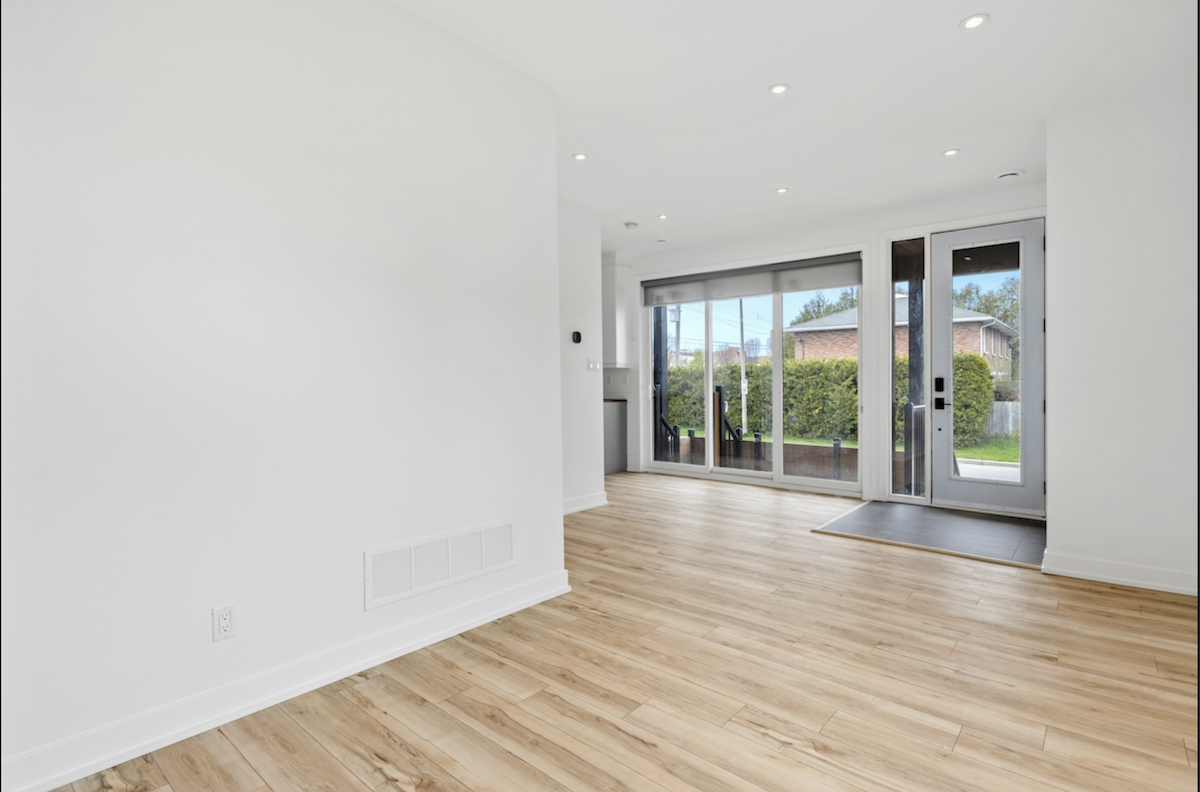
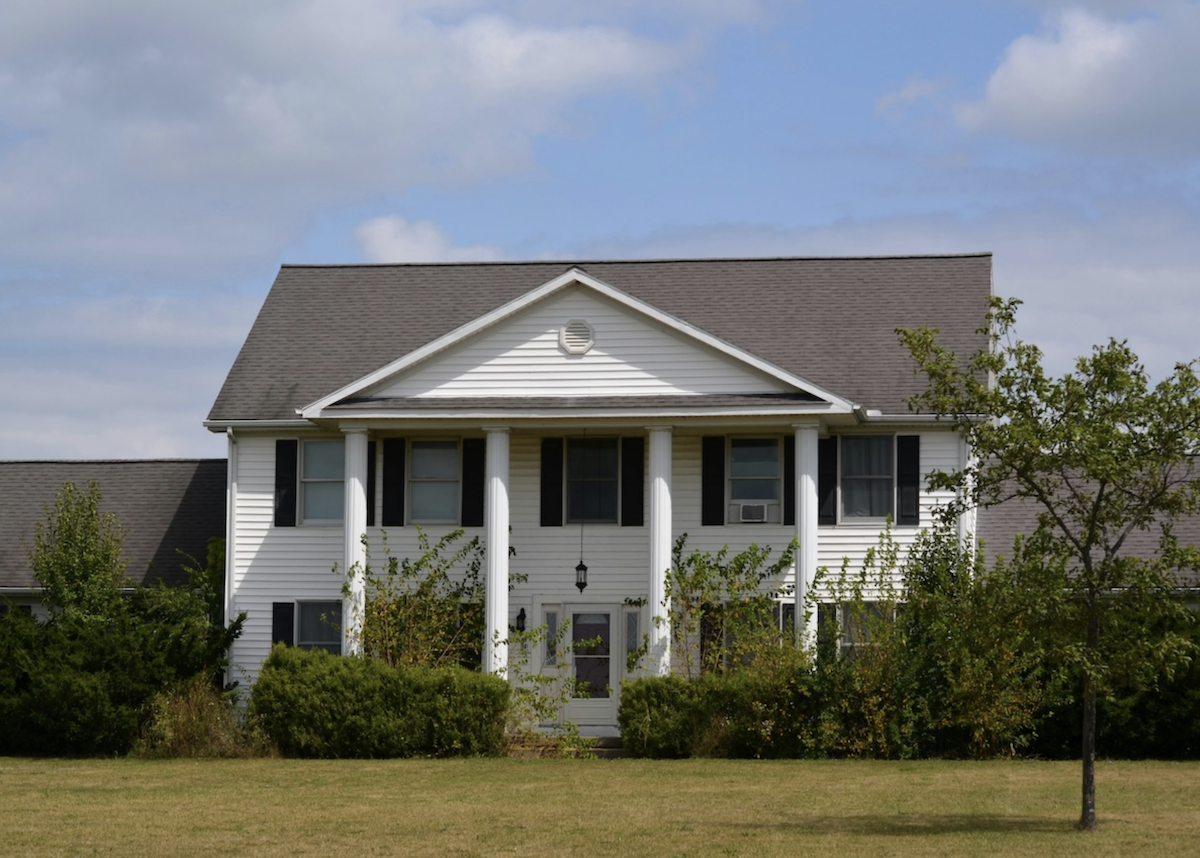



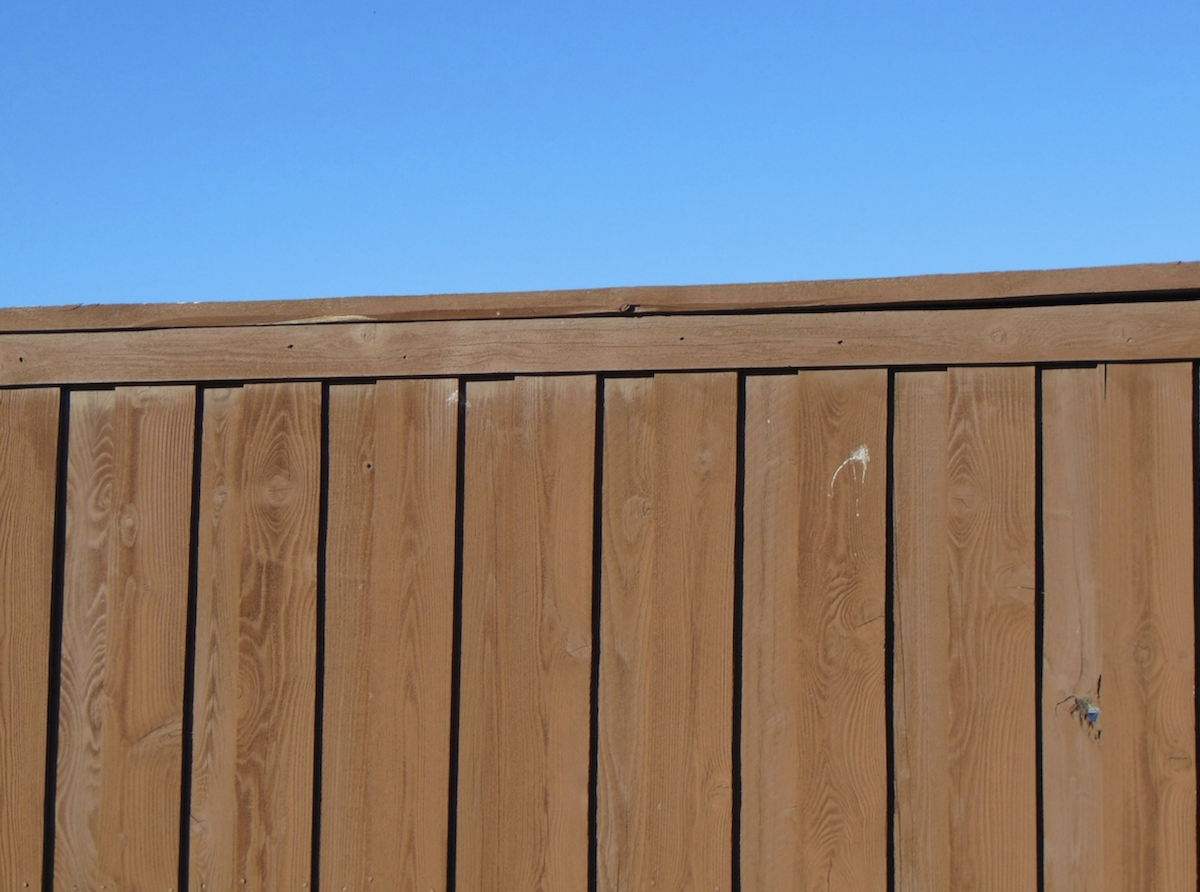

.webp)
.webp)
.webp)

.webp)
.webp)
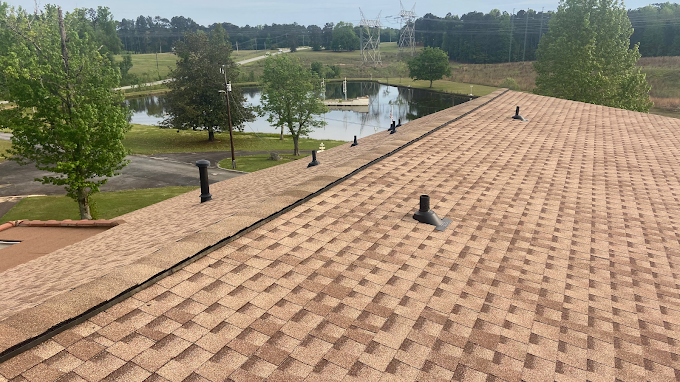
.webp)



.webp)
.webp)
.webp)

.jpg)






.jpg)










